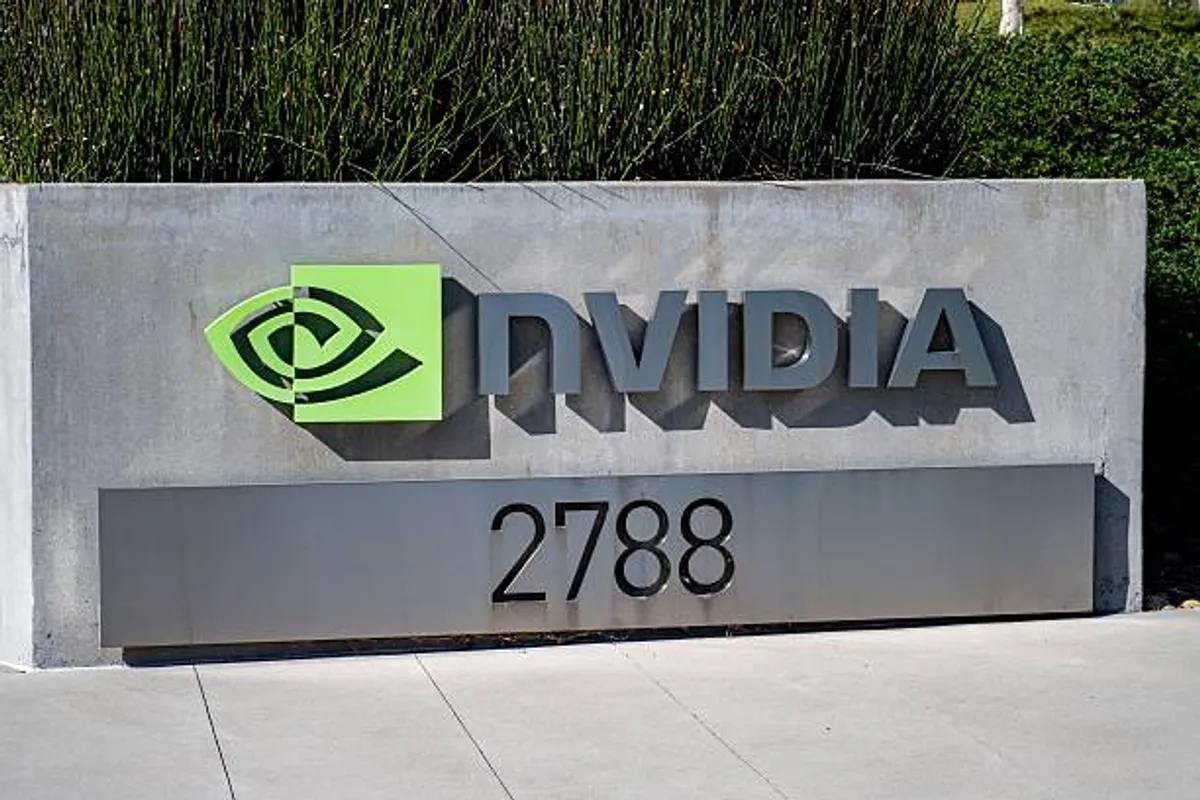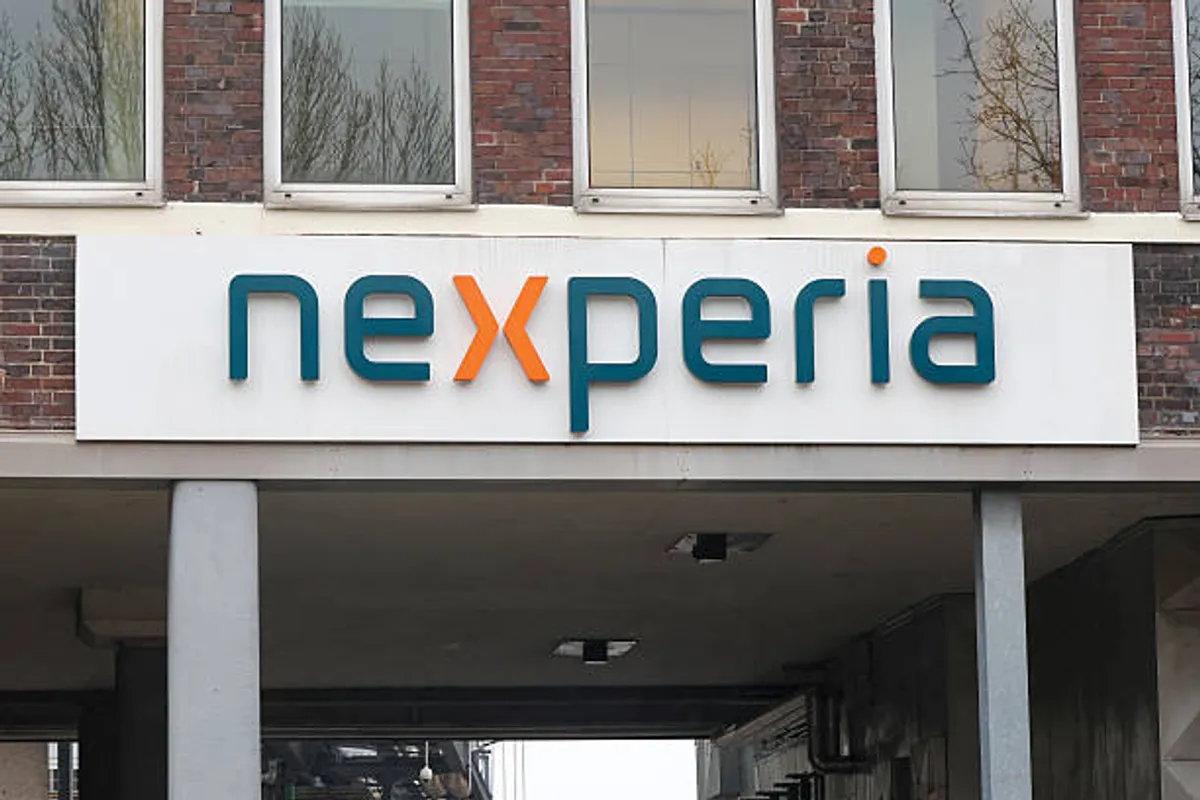
IBM and Cisco Plan Quantum-Computer Networks by Early 2030s

GeokHub
Contributing Writer
IBM and Cisco have announced a bold collaboration to link quantum computers across long distances, aiming to demonstrate a working prototype of this network by the early 2030s. Their vision could lay the foundation for a future “quantum internet,” but they say critical technologies still need to be invented and refined.
One major challenge—the teams say—will be how to convert the stationary qubits used inside quantum computers into “flying” qubits (microwave signals), and then into optical signals that can travel through fiber-optic cables and Cisco’s existing networking gear. This conversion requires microwave-optical transducer technology, which is not yet mature, and will demand combined efforts from university labs and federal research centers.
Along with the hardware, IBM and Cisco plan to build open-source software that integrates the quantum processors, network nodes, and entanglement mechanisms. Their goal is to treat the system as a fully unified end-to-end architecture — not just two separate technology roadmaps.
Analysis / Impact:
This partnership could be a turning point for quantum computing. Rather than just building more powerful individual quantum machines, IBM and Cisco are thinking about how to scale quantum systems by networking them — a shift that could massively expand computing capacity and enable new kinds of applications.
If successful, this may accelerate the era of distributed quantum computing, allowing quantum processors in different locations to work together. That could unlock huge possibilities in optimization, cryptography, materials science, and more. But the path is fraught with technical risk: the transducer technology, error correction, and network reliability are all still in early stages.
Also, by pooling their strengths — IBM’s quantum hardware expertise and Cisco’s networking know-how — the companies are betting that cooperation is the only way to scale quantum systems meaningfully. If they pull it off, it could redefine how we think about both computing and communication in the quantum era.








